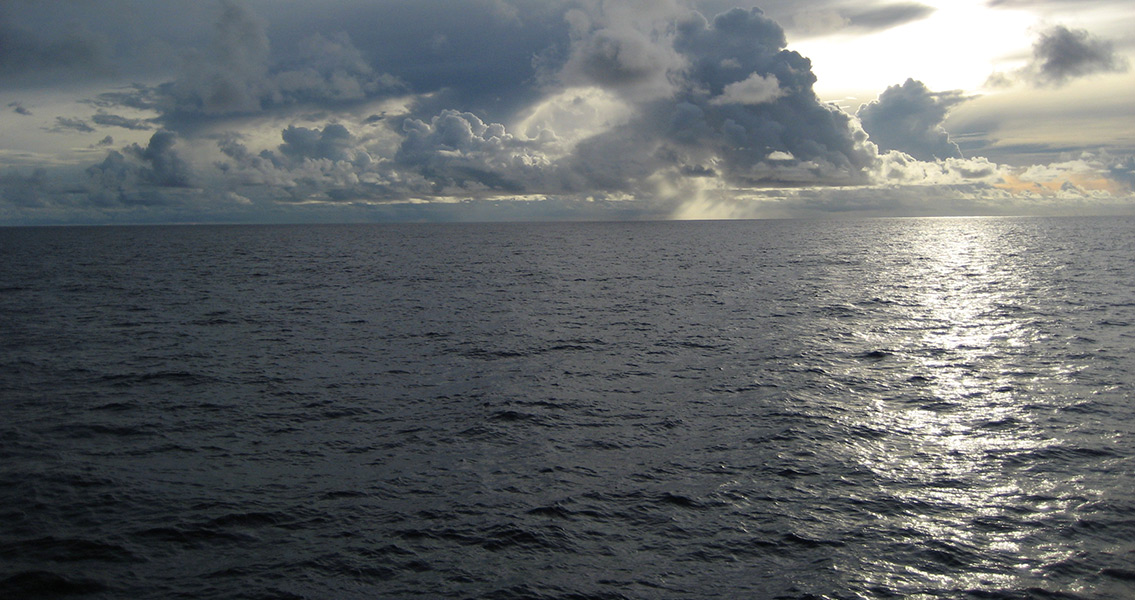<![CDATA[The wreck of MH370, the Malaysia Airlines flight that disappeared nearly two years ago, is yet to be found, but the search for the missing plane has resulted in the discovery of a shipwreck dating to the turn of the nineteenth century. According to National Public Radio, the Australia-based agency that has been established to coordinate the search efforts for the plane, the Joint Agency Coordination Centre (JACC) announced that search efforts had revealed the plane on December 19th by sonar. Initial analysis indicated a man-made object on the seafloor, prompting the dispatch of an unmanned submersible craft to investigate more closely. This unmanned underwater vehicle was used by the JACC to capture higher-resolution sonar images, revealing the identity of a shipwreck. The JACC commented further, remarking that after a preliminary review, a handful of those high-resolution images were confirmed by the Shipwreck Galleries of the Western Australian Museum to be almost certainly a steel or iron seagoing vessel from the nineteenth century. Historians are excited by the new revelation, though it’s cold comfort to anyone involved in the search for MH370, the plane that vanished under mysterious circumstances in early March of 2014. While the Malaysian Airlines flight vanished off international radar without any sort of indication of distress, the plane is understood to have likely crashed in the sea off the coast of Australia, which would have resulted in the deaths of all on board. To this date, the search for the missing wreckage of MH370 continues. The region of ocean floor that investigators are combing for evidence of the vanished airliner is both deep and uneven, according to the JACC. In fact, prior to the search for the Malaysia Airlines plane there had been no efforts to map the region of seafloor. Mile-high cliffs, ridges, and crevasses riddle the surface, providing ample locations for wreckage from both modern wrecks and historical ones to hide. In excess of 30,000 square miles have been scoured by JACC-coordinated search teams since MH370 vanished in early 2014. An additional 46,000 square miles are set to be checked before the search efforts will officially be called off. While other partial historical wreckage has been found – including an anchor and some coal used in another steam-powered nineteenth century wreck – the only fragment of MH370 was found in July of 2015 when a fragment of the airliner’s wing was discovered around 2,000 miles from its last known location. The wreckage was found on La Réunion, an island in the Indian Ocean; oceanographers say ocean currents could have easily borne the fragment from the projected crash site over the intervening months. ]]>
Search for MH370 Yields 19th Century Shipwreck
